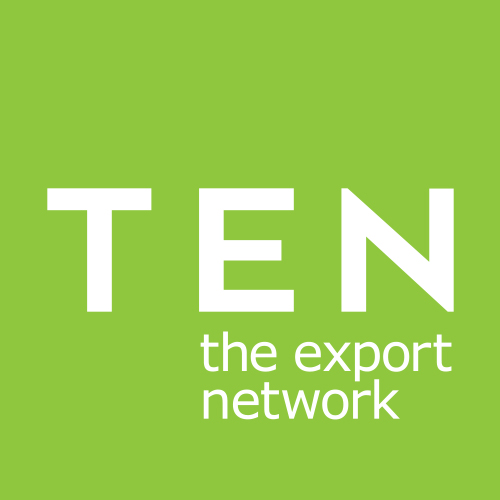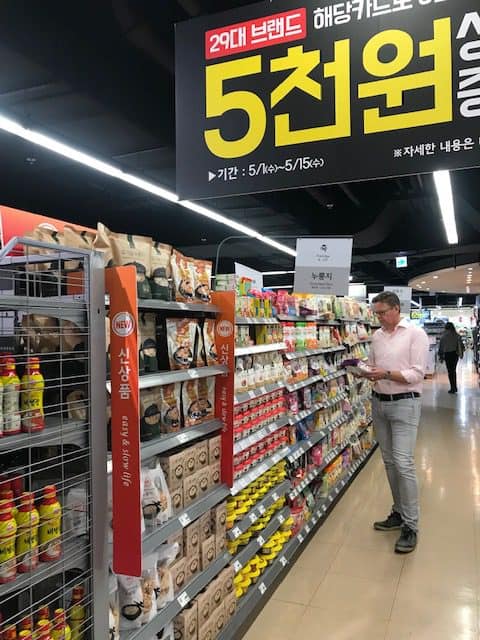
Trends in South Korean Retail
Being the 11th economy in the world with over 50 million inhabitants and a GDP of around $ 35,000, South-Korea is a very interesting market The country is highly dependent of imports to fulfill the demand of high quality, convenience concepts and innovative agrifood products. Around 33% of all imports has its origin in the United States, followed by countries like China and Australia (both responsible for around 11%).
When visiting the major South Korean retail chains like Emart, Lotte Mart and Home Plus, products of American origin are clearly present: meat, fruits, nuts, dairy products, confectioneries, beverages and further prepared food. In terms of brands, only big international heroes like Oreo, Kellogg’s, Dr. Oetker and Quaker are present. An exception is the beer shelf, where quite some Belgian craft brands are presented to attract the attention of curious Koreans and expat public. Besides this, fortunately also local products can be found, some of them promoted by smiling demo ladies who try to convince the shoppers to try a ready meal, a piece of meat or even bananas. Plastic bags are nowhere to be found. Instead, you can take your groceries to a special room where used cartons are available to pack your stuff.
The most important developments in the South-Korean retail are:
- Uncertain political developments that have an inhibitory effect on the economy
- Despite of this a growing retail segment in 2018 with even stronger growth expected
- Cashierless and self-checkout technologies are becoming more popular
- Retailers embrace digital strategies to engage customers (shopping by just scanning bar codes, intelligent quick search devices, fast home delivery)
- High smartphone penetration driving the growth of e-commerce (in 2014 40% of all sales was done through the internet, in 2016 this was already 56% and this number will continue to grow)
- Increasing popularity of mobile wallets
- Introduction of services specifically for Chinese consumers (like WeChat usage)
These developments are of course in big contrast with the traditional food stands at the Namdeamum en Gwangjang food markets, where you can buy delicious dumplings and cinnamon rolls, you pay with ‘real money’ and receive in a plastic bag. For the time being, in South Korea tradition and technology go well together.
It was then decided to dispense with the weaker parties. . It was then decided to dispense with the weaker parties. Lebanon is an example of a market that is growing year after year for HAK.
Bron: Asia Distribution & Retail 2018
Contact us
Contacting is entirely without obligation
Contact
TEN the export network
P.O. Box 339
8440 AH Heerenveen
Netherlands

